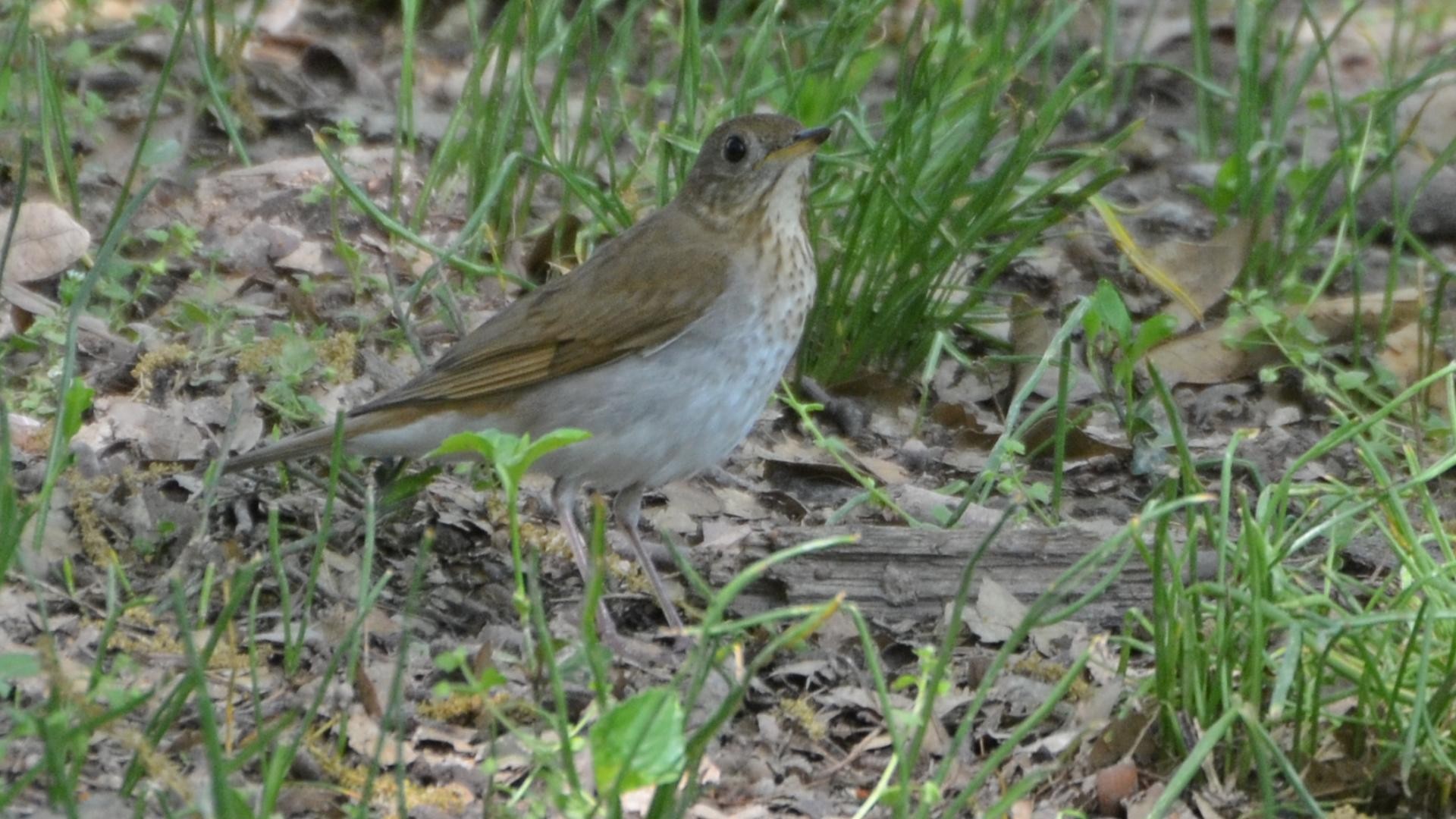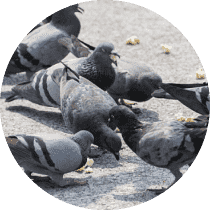Veery
A species of American Brown Thrushes and Nightingale-thrushes, Also known as Tawny Thrush Scientific name : Catharus fuscescens Genus : American Brown Thrushes and Nightingale-thrushes
Veery, A species of American Brown Thrushes and Nightingale-thrushes
Also known as:
Tawny Thrush
Botanical name: Catharus fuscescens
Genus: American Brown Thrushes and Nightingale-thrushes
Content
Description People often ask General Info
 Photo By Andy Reago & Chrissy McClarren , used under CC-BY-2.0 /Cropped and compressed from original
Photo By Andy Reago & Chrissy McClarren , used under CC-BY-2.0 /Cropped and compressed from original Description
This species measures 16–19.5 cm (6.3–7.7 in) in length. Its mass is 26–39 g (0.92–1.38 oz), exceptionally up to 54 g (1.9 oz). The wingspan averages 28.5 cm (11.2 in). Each wing measures 8.9–10.4 cm (3.5–4.1 in), the bill measures 1.2–1.9 cm (0.47–0.75 in) and the tarsus is 2.7–3.25 cm (1.06–1.28 in). The veery shows the characteristic under-wing stripe of Catharus thrushes. Adults are mainly light brown on the upperparts. The underparts are white; the breast is light tawny with faint brownish spots. Veeries have pink legs and a poorly defined eye ring. Birds in the eastern portions of the species' breeding range are more cinnamon on the upperparts; western birds are more olive-brown. In the east, the veery is distinguished easily by its coloration; distinguishing western veeries from other Catharus thrushes is more difficult. This bird has a breezy, downward-spiraling, flute-like song, often given from a low and concealed perch. The most common call is a harsh, descending vee-er, which gave the bird its name. Other calls include a chuckle, a sharp and low "wuck", and a slow wee-u. Veeries have been shown to decrease the rate and duration of singing when exposed to Barred owl playback, possibly to decrease the chance of predation. 
Size
18-19 cm (7-7.5 in)
Life Expectancy
10 years
Nest Placement
Ground
Clutch Size
1 - 5 eggs
Incubation Period
1 - 2 broods
Number of Broods
10 - 14 days
Nestling Period
10 - 12 days
Feeding Habits
Veery's diet includes invertebrates like beetles, ants, caterpillars, and occasionally amphibians during breeding season. In late summer and fall, they shift to fruits such as berries and grapes. Foraging involves leaf-flipping on the forest floor and aerial insect capture.
Habitat
Veery prefers damp deciduous forests with a robust understory, often near water bodies like streams or swampy areas. These habitats usually include a variety of trees such as oak, maple, cherry, aspen, birch, alder, spruce, and fir. Found at various altitudes, veery breeds across southern Canada and the northern United States, favoring regions with dense growth. During migration, veery uses stopovers like Gulf coastlines, and Caribbean islands before wintering in South America, including the Amazon basin and other forested locales.
Nest Behavior
Veery females build their nests while males guard the territory. Nest construction is followed by egg-laying, and both parents are involved in the care of the eggs and young, which involves incubation and feeding.
Nest Characteristics
Veery nests are typically located on or near the ground, in locations such as clumps of grass, under brush, or against fallen tree structures. They are constructed over 6–10 days with materials like grapevine bark, weed stems, and wet leaves, and lined with rootlets. These cup-shaped nests measure approximately 3–6 inches in diameter and 3.5–5.5 inches in height externally.
Dite type
Insectivorous
People often ask
General Info
Feeding Habits
Bird food type
Bird Feeder Type

Ground

Platform
Behavior
Veery typically exhibit a foraging behavior that is characterized by rapid, long hops along the ground, where they actively flip over leaf litter to uncover hidden prey. Their hunting strategy also includes gleaning insects from understory foliage and occasional aerial pursuits. In terms of flight, veery are agile aviators, darting between sheltered perches with speed and precision. During breeding season, male veery are the first to claim territory, displaying initial aggression not only towards other males but also females, which later shifts to courtship displays. Remarkable interactions include their unique territorial and mating behavior, where they engage in confrontations with sharp bill snaps, leg quivering, an upright freeze, and wing and tail flicks.
Species Status
Not globally threatened.